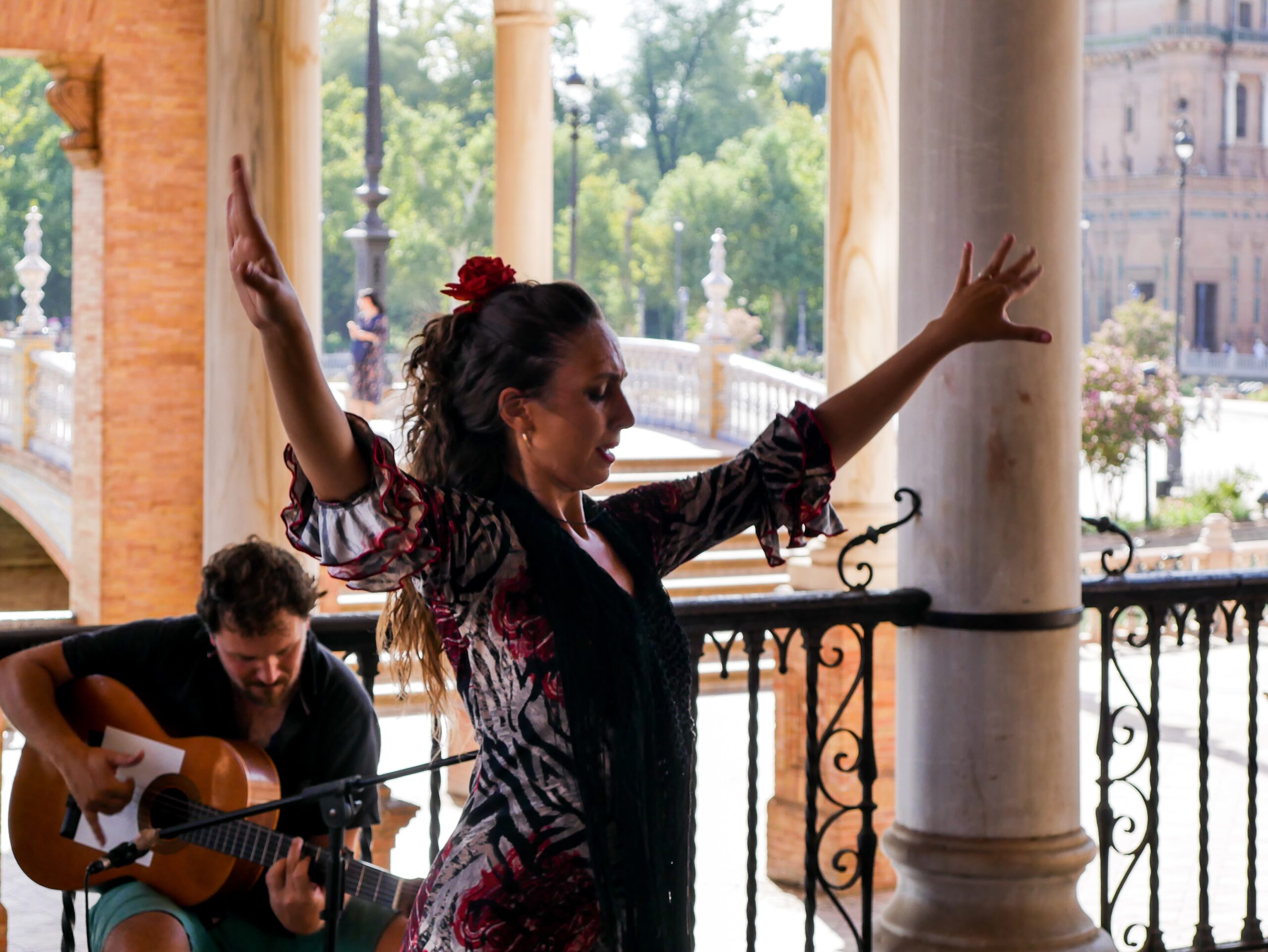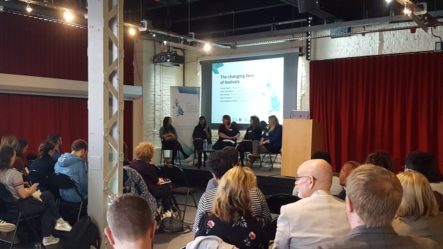
Since 2017, the UK Science Festivals Network (UKSFN), with funding from UK Research and Innovation (UKRI) has supported science festival practitioners to bring underserved audiences together with researchers.
Last year, the COVID-19 pandemic meant science festival organisers had to completely re-think their approaches. This resulted in a diverse mix of projects from digital game development to virtual dance workshops and other (government-guideline friendly) activities. To aid reflection amongst UKSFN members and the wider engagement sector, we shared the learnings from these projects in a series of blogs:
- UKSFN learning curves: how science festivals are innovating for young people in the COVID-19 era
- UKSFN learning curves #2: The Biophonia Project
- UKSFN learning curves #3: How can we help?
With lockdown restrictions lifted and a transition to a new ‘normal’ underway, for this year’s round of UKRI funding we aim to our support UKSFN members to focus on making connections; bringing underserved audiences together with researchers through community partnerships – with a mixture of digital, hybrid and in-person projects.
The fourth blog in our ‘UKSFN learning curves’ series is written by Lucy Cheesman, Project Manager at AlgoMech Festival.
Combining flamenco dance, weaving and live-coded music
In 2019, the AlgoMech Festival received funding from UKSFN to deliver drop-in live-coding music and visuals workshops as part of the Rotherham Show Diversity Festival.
This year, we are working with Roma community groups in Sheffield to deliver a series of workshops for young people, exploring algorithmic patterns through flamenco dancing, weaving and live-coded music.
We want the young people participating to influence the structure of the workshops and take the techniques in their own direction. To achieve this, I’ve collaborated with two researchers, Alex McLean and Rosemary Cisneros, to come up with new ways of working together to support the development of flexible, yet engaging and coherent workshops.
The difficulty in maintaining a fluid approach is balancing that flexibility with coherency across our disciplines, so we don’t end up working on flamenco dance, weaving and live-coded music in isolation!
Meeting for the first time
Alex, Rosa and I got together in person for the time ever last week to think through our approach. For all of us, there was a little awkwardness determining comfort levels working in the same space. It’s been such a long time since collaborating in real-life space – it took a bit of getting used to. Having said that, it was fantastic to feel that energy, and I’m so excited to be working with Rosa and Alex on this project.
We met in a large and beautiful meeting space attached to Alex’s lab at Abbeydale Picture House in Sheffield. Our aim for the session was to bring together our three disciplines and find a way to share ideas about rhythms and patterns that are common across the three art forms. We wanted everything to make sense to the young people, while avoiding being too prescriptive with how we structure the workshop. It’s important to all of us to respect the agency and intentions of the young people we work with, and allow them to guide and shape the work we do.
We spent our time looking at areas of commonality, focusing on tempo, rhythm, sound and pattern. We decided to use a common tempo to create cohesion between our activities. We are aiming to keep the overall sound of the workshop very simple -the sounds of clapping, movement of the body, and the sounds of the loom. All of which will be re-sampled and used as part of the music workshops. And of course, there will be the sounds of our voices in the space. We expect there will be a lot of energy in the room and things will get noisy, so we’re trying to think of ways to incorporate that into our workshop design… however, it’s impossible to predict how that feels until we’re in the room on the day!
We also wanted to come up with some activities for people who might feel intimidated or overwhelmed – setting up a corner with videos, worksheets and artefacts to explore in peace or with headphones on for those who need a bit of time out.
Just the beginning
For a final addition to the plan, we’re hoping our partners at Greentop Circus will be able to incorporate juggling patterns into the workshop using the same notation system and structure, touching on skills already familiar to the participants.
In all, it feels really exciting to be making progress on such a varied project, working in new ways and really thinking through how best to engage the young people in what we’re doing. I’m really looking forward to seeing what direction the participants take the skills in and what we can learn from them in return.
Read the next blog in the ‘UKSFN learning curves’ series:
UKSFN Learning curves #5: Exploring nature on a level playing field

